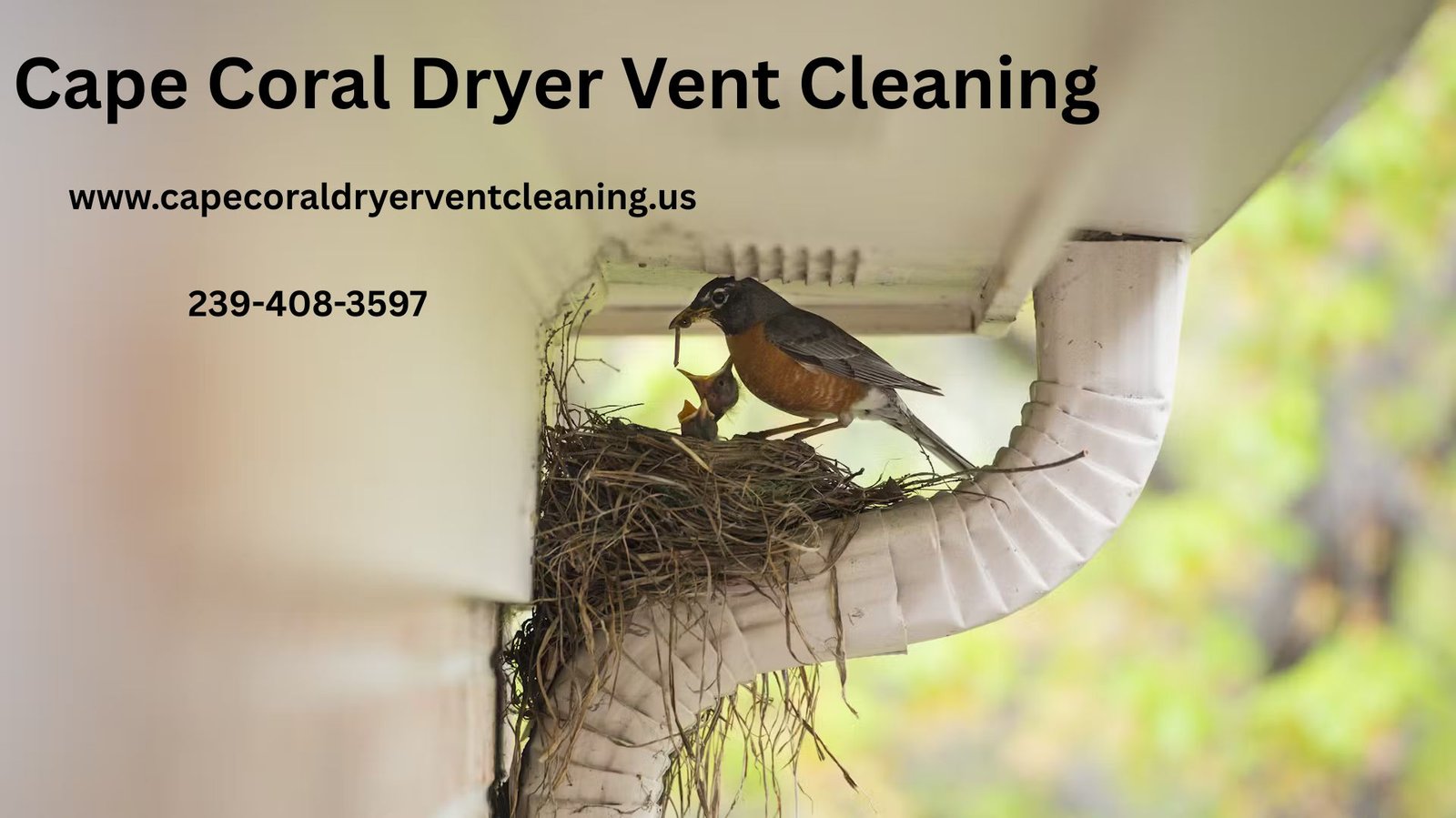
Getting to Know the Birds First
Before anyone does anything, the professionals spend time getting familiar with the birds they’re about to help. Not all birds need the same care—some are more sensitive, others are protected by law, and a few are extra picky about where they live. This step is a bit like meeting new neighbors before planning a block party; you want to know who’s who and what they need.
- Identifying the Species: Some birds, like burrowing owls or ospreys, have special protections. Experts keep an eye out for these and take extra steps if they’re involved.
- Checking for Babies: If there are eggs or chicks in the nest, the timing and method of relocation have to be extra careful. They make sure not to move anything until it’s safe for the little ones.
- Studying Habits: Knowing when the birds are most active or when they usually leave their nests helps the team plan the least disruptive time to step in.
Creating a Game Plan: Every Step Counts
Once the team knows what they’re dealing with, it’s time to draw up a plan. This isn’t a one-size-fits-all process. Each bird, nest, and location comes with its own set of challenges, so professionals make sure to map out every move before they touch a twig.
- Scouting a New Spot: The new location has to be similar to the old one—safe, quiet, and away from too many people or predators. Think of it like finding the perfect new apartment for a family.
- Gathering Gear: Gloves, soft towels, special boxes, and ladders are gathered so nothing is left to chance. Gentle handling is the name of the game.
- Getting Permits: For some birds, paperwork is needed before anything can happen. The team makes sure every “i” is dotted so the move is completely above board.
Relocation Day: Gentle Hands and Watchful Eyes
The big day arrives, and the team moves in quietly and calmly. The idea is to keep stress to a minimum for both birds and people. Here’s how it usually plays out:
- Careful Approach: The crew approaches the nest slowly, keeping voices down and movements gentle. This helps keep the birds calm and prevents sudden flights.
- Safe Transfer: If the nest is being moved, it’s lifted with as much support as possible—sometimes the whole branch is taken along to keep everything intact. If it’s the birds themselves being moved, they’re placed in soft-lined carriers for a quick trip to their new home.
- Settling In: At the new spot, the nest or birds are set up just as they were before. Sometimes, the team stays nearby for a while to make sure everyone is adjusting and there are no unexpected problems.
Table: Steps Professionals Follow for Safe Bird Relocation
| Step | Purpose | How It Helps |
|---|---|---|
| Observe & Identify | Find out which birds are present and their needs | Ensures proper care and legal compliance |
| Plan the Move | Choose the right time, tools, and method | Reduces stress and risk for birds |
| Secure Permits | Follow local wildlife regulations | Avoids fines and protects species |
| Careful Relocation | Handle nests and birds with gentleness | Keeps birds safe and healthy |
| Follow-up Checks | Watch to see if birds settle into the new home | Catches any problems early |
After the Move: Checking In and Learning From Each Case
Even after the birds have been relocated, the job isn’t really done. Professionals often come back to see how things are going. Are the birds staying put? Have the chicks hatched safely? Checking in helps the team learn what works best and make sure no one gets left behind.
- Post-Move Monitoring: Sometimes, teams will keep an eye on the new nest for a few days or weeks, just to be sure all is well.
- Sharing Stories: Every relocation teaches something new, and those lessons help make future moves even safer and smoother—for birds and for people alike.